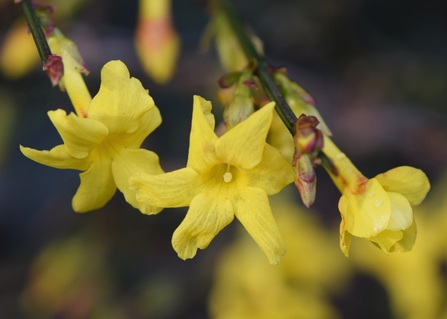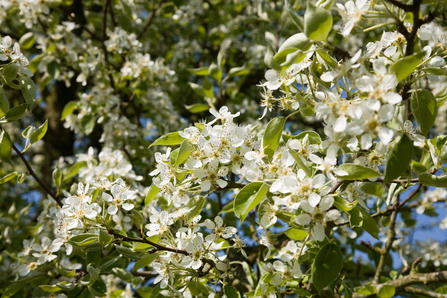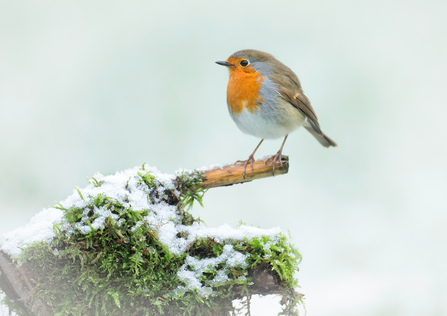Welcome to the final edition of our 2023 wildlife-friendly gardening blog series.
I can’t be the only one thinking ‘where did that year go?!' Shorter days do limit what we can do outside, but this is a great time to reflect on what went well in the garden, and what more we can do for wildlife in our green spaces. If you are starting from scratch, and would like some ideas, please check out our guide to planning a wildlife-friendly space
It’s good to have something in flower in every season and winter is no exception. Winter flowering shrubs can be lifesavers for insects on mild days. Plants to consider include sweet box (Sarcococca confusa), winter jasmine (Jasminum nudiflorum) and winter honeysuckle (Lonicera fragrantissima).







